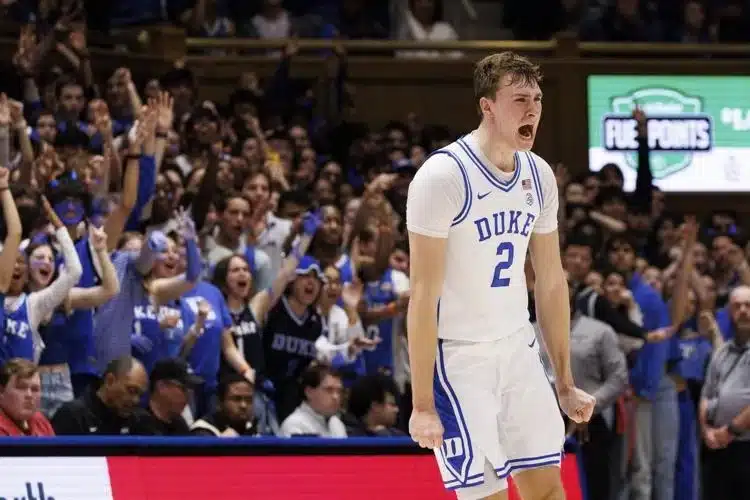The WNBA Playoffs just ended, and it was historic — so many highlights, capped off by a thrilling five-game series in which the New York Liberty won it all. This was one of the most exciting basketball matchups I watched this year, and I think the Celtics can learn a lot from these two teams.
Both the Lynx and the Liberty often run a 5-out offense, much like the Celtics, though their approaches differ. Of course, the skill sets in these leagues are distinct—the Celtics don’t have an All-WNBA-level guard like Sabrina Ionescu or a DPOY forward like Napheesa Collier. Still, there are tactical lessons the Celtics can draw from these WNBA Finals.
More movement
Before diving into the playbook, let’s talk about ball movement. When analyzing WNBA games for the first time, you’ll quickly notice how much more the ball moves compared to NBA games. WNBA players pass and cut frequently, using off-ball actions to create chaos—something many NBA teams, including the Celtics, don’t fully embrace.
As Jaylen Brown said, the Celtics hunt for mismatches. Once they identify one, they attack it directly and force opponents into a difficult choice: either leave the targeted player exposed or help and risk being punished by Boston’s elite spacing. This strategy worked well last season. However, with more off-ball movement, the Celtics could become even more dangerous, potentially elevating their offense to historic levels.
Both the Minnesota Lynx and the New York Liberty ran highly efficient 5-out offenses this season. However, unlike the Celtics, their offenses relied heavily on ball movement. Last season, the Celtics averaged over nine isolations per game (a figure that rose to 14 in the playoffs) and assisted on only 61% of their made field goals. In contrast, the Lynx and Liberty assisted on 75% of their field goals—three out of four buckets. This difference isn’t due to a lack of talent but rather a different philosophy: in these systems, movement enhances the impact of skills and spacing.
What can the Celtics take from this approach?
The first thing the Celtics could incorporate is more off-ball cutting. Last season, they averaged just over six cuts per game, ranking 26th in the league. Yet, they have all the tools to thrive in this area. With their spacing, cutting lanes open naturally. They also have fast guards and dynamic wings who can slash through the paint, plus big men who can space the floor and facilitate from multiple angles. All these elements are in place to foster a movement-oriented offense where cuts slice through opposing defenses.
Another area where the Celtics could improve is movement around post-ups. Last year, Mazzulla and his staff increased the team’s reliance on post-ups, recognizing the strength of their personnel and forcing defenses to adjust. However, their post-up offense sometimes stagnates—once Kristaps Porziņģis, Jayson Tatum, or Jrue Holiday establishes position, off-ball players tend to stand still.
Given the passing abilities of these players, the Celtics should consider running split actions or handoffs from post-up positions to generate more chaos. As Marc Campbell has noted, the goal is to create “panic thinking” in defenders. With the Celtics’ talent and spacing, movement can become a powerful trigger for this type of defensive breakdown.
Multiplying threats
One more tactic the Celtics could adopt is the simultaneous execution of multiple actions. The Minnesota Lynx excelled at running two actions at once, such as an empty-side pick-and-roll on one side and a stagger action on the other. This forces the defense to make tough choices, limiting their ability to help effectively. With multiple threats unfolding at the same time, defensive mistakes become inevitable.
Incorporating some of the Lynx and Liberty’s tactics could elevate the Celtics to new heights. These two WNBA teams demonstrated that a 5-out offense becomes even more effective with purposeful ball and player movement. The Celtics were already the top offense last season, but learning from these approaches could make them even better.






